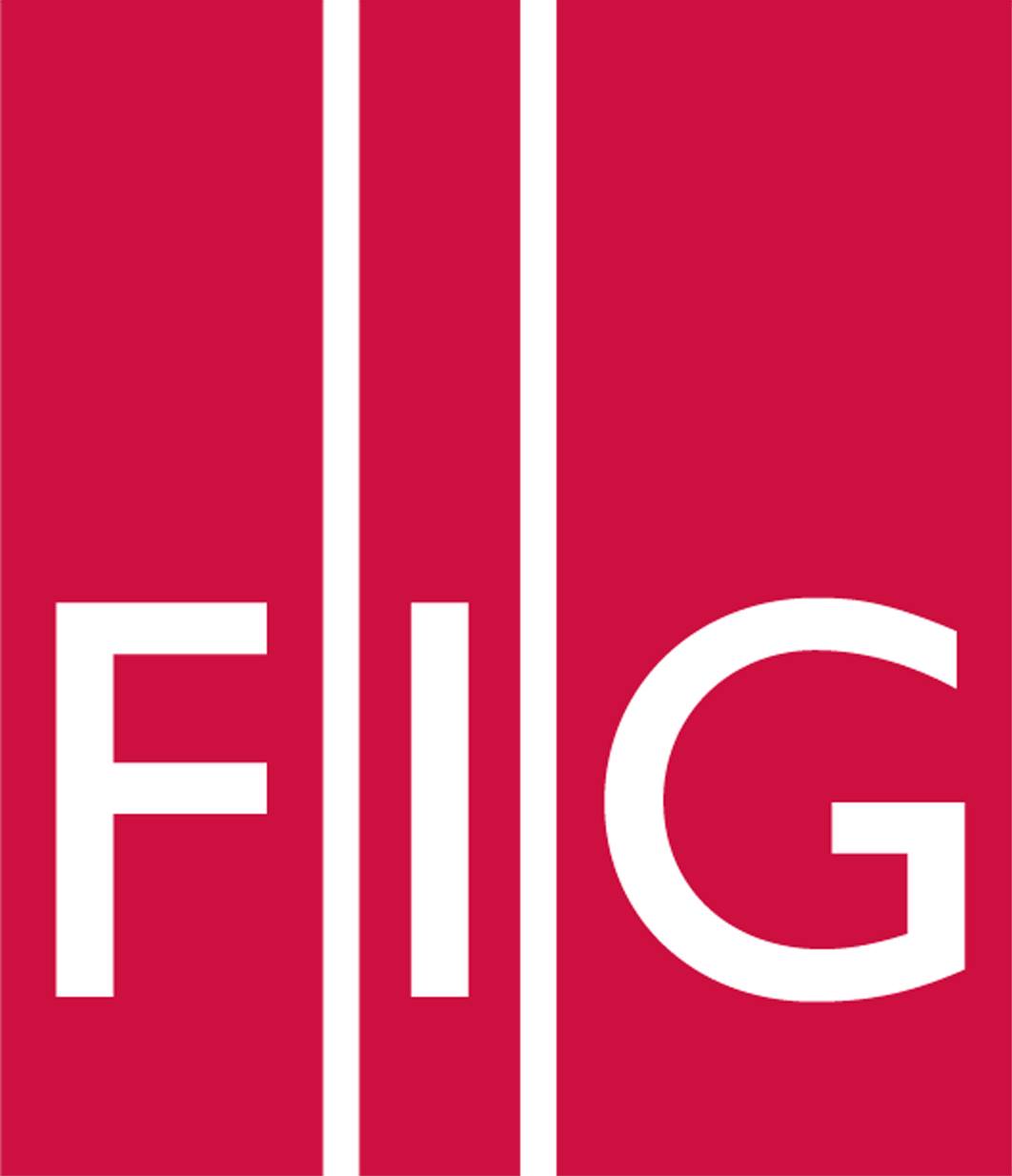Focal point
Location
FIG is the premier international organization representing the interests of surveyors worldwide. It is a federation of the national member associations and covers the whole range of professional fields within the global surveying community. It provides an international forum for discussion and development aiming to promote professional practice and standards.
FIG was founded in 1878 in Paris and was known as the Fédération Internationale des Géomètres. This has become anglicized to the International Federation of Surveyors. It is a UN-recognized non-government organization (NGO), representing more than 120 countries throughout the world, and its aim is to ensure that the disciplines of surveying and all who practise them meet the needs of the markets and communities that they serve.
The FIG vision
A modern and sustainable surveying profession in support of society, environment and economy by providing innovative, reliable and best practice solutions to our rapidly changing and complex world, acting with integrity and confidence about the usefulness of surveying, and translating these words into action.
The role of FIG
FIG’s activities are governed by a work plan, which is approved by the General Assembly and reviewed by Council as its tenure progresses. The current work plan with the motto “Ensuring the Rapid Response to Change Ensuring the Surveyor of Tomorrow” guides Council, Commissions, Networks and Task Force in their activities.
FIG supports the role of a prosperous and sustainable profession of surveyors to provide solution functionality, reliably, affordably for a complex and rapidly changing world that cannot wait, and to translate a sustainable development agenda into action. FIG supports international collaboration among its members for the progress of surveying in all its fields and applications. FIG has a close cooperation with United Nations relevant bodies, World Bank, and its sister associations and has been globally recognized as the leading international non-governmental organization on geospatial information and the management of “land”, the “sea” and the “built” environment. It is within the surveyors’ task to determine the size and shape of the earth, to map its surface and to manage it in a sustainable way.
Resources
Displaying 11 - 15 of 49Implementation of Spatial Planning Package for Construction of an LADM Country Profile: Reducing Asymmetric Access to Information of RRRs in Indonesia
Spatial plan (or urban plan) as an aggregate product of sectoral policies (i.e., environmental, disaster management, economy, forestry), will be imposed to all land parcels in the form of public law to achieve the vision of a city. This vision relies heavily on the interoperability of land-use, land tenure, land value, and land development. The inseparability between land administration and spatial planning is widely acknowledged by cadaster communities in achieving sustainable development and important for landowners and investors alike.
LADM-based Israeli Country Profile: Toward Implementation of 3D Cadastre Registration
Land is a valuable and finite resource, particularly in a small country such as Israel. A variety of drives, such as: urbanization and smart utilization of space, is prompting the stakeholders to promote new land policies. These policies should reflect the societal needs and demands as well as factor in and balance between numerous aspects. Furthermore, in recent years the ecological angle, forest and species preservation have become more and more acute, urging in turn for an even stricter land related actions.
Exploring Options for Standardization of Processes and Transactions in Land Administration
Processes and transactions in Land Administration are outside the scope of the Land Administration Domain Model Edition I published in 2012. Reason is that processes were considered to be country specific. Generic processes would be too difficult to model. This view needs reconsideration – given developments as Fit-For-Purpose Land Administration, Apps and blockchain.
Towards a New Working Item Proposal for Edition II of LADM
This paper presents the first and incomplete draft text for the revision of IS 19152:2012 ‘Geographic information — Land Administration Domain Model (LADM)’ within ISO TC211 in the form of a New Working Item Proposal (NWIP). This ‘two-page NWIP’ text aims to describe the scope of proposed project to revise, and also provides the purpose and justification behind this revision of LADM. The International Federation of Surveyors (FIG) also submitted to ISO the NWIP for the current version of LADM (IS 19152:2012).
Designing Open Spatial Information Infrastructure to Support 3D Urban Planning in Jakarta Smart City
Land administration is essential for urban planning and Spatial Information Infrastructure (SII). Interoperability of land administration and spatial planning will determine the success of SII utilization. This information should be accessible to all member of SII, including businesses and the community. This article proposes spatial planning information as an extension of the Land Administration Domain Model (LADM), the ISO 19152:2012 in order to support spatial planning.



